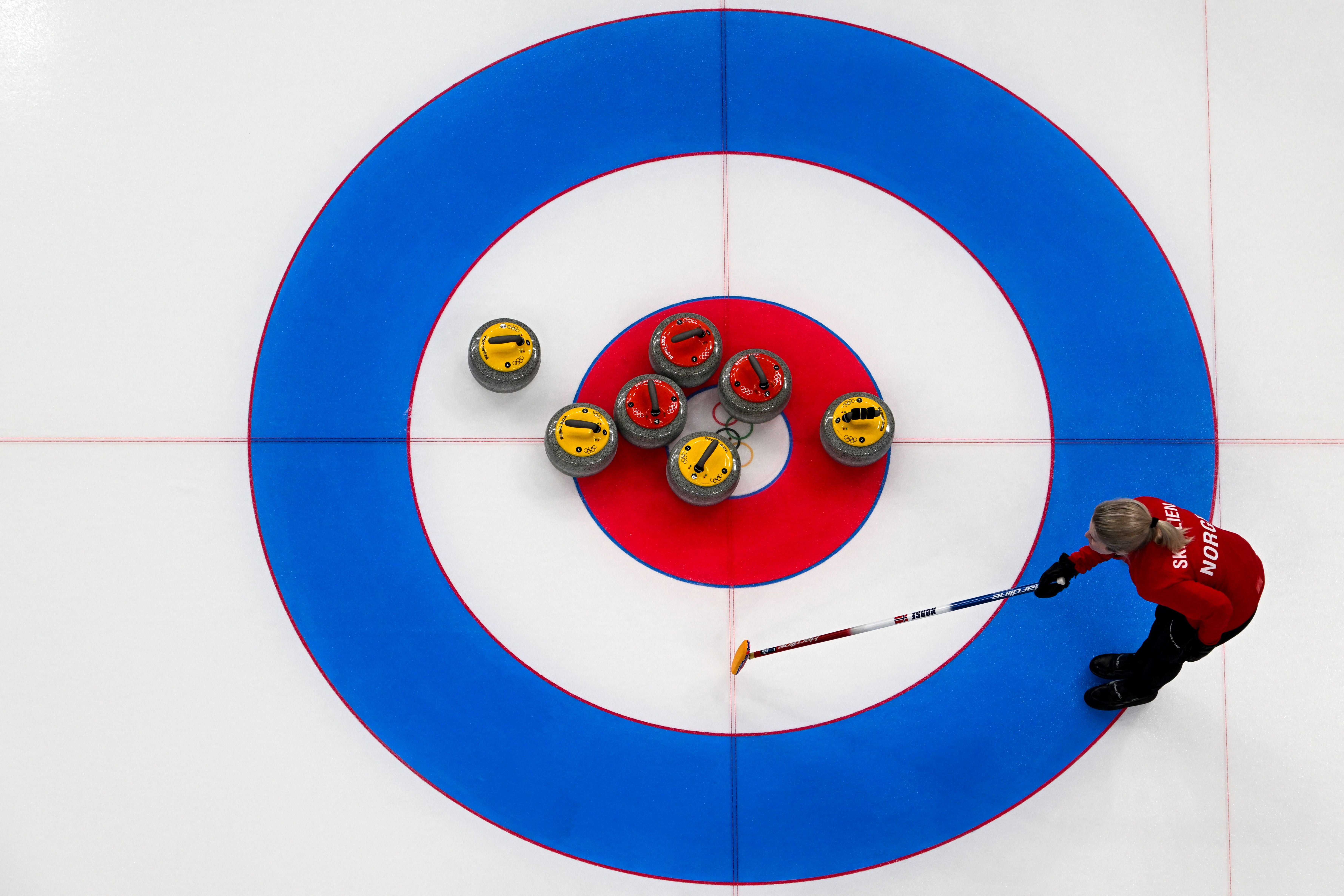What does having the hammer mean in curling and how do you get it? The rules explained
Ten nations are competing in each of curling’s three disciplines at the 2022 Winter Olympics

Your support helps us to tell the story
From reproductive rights to climate change to Big Tech, The Independent is on the ground when the story is developing. Whether it's investigating the financials of Elon Musk's pro-Trump PAC or producing our latest documentary, 'The A Word', which shines a light on the American women fighting for reproductive rights, we know how important it is to parse out the facts from the messaging.
At such a critical moment in US history, we need reporters on the ground. Your donation allows us to keep sending journalists to speak to both sides of the story.
The Independent is trusted by Americans across the entire political spectrum. And unlike many other quality news outlets, we choose not to lock Americans out of our reporting and analysis with paywalls. We believe quality journalism should be available to everyone, paid for by those who can afford it.
Your support makes all the difference.Curling is one of the most popular sports at the Winter Olympics, an event of considerable skill and strategy, requiring steady nerves and intense precision.
There are three medal events at Beijing 2022, each entered by ten nations, with 114 competitors set to take part.
The mixed doubles format was introduced at the last Games in Pyeongchang, joining the men’s and women’s team competitions.
Each men’s and women’s team consists of four playing members and an alternate.
The hammer is a crucial part of curling.
The team that has the hammer is able to throw the final stone of each end, generally a significant advantage, with all other stones thrown and the current scoring situation clear.
Whichever team doesn’t score during an end will get the hammer in the next round - this sometimes causes teams to avoid scoring just a single point, instead preferring to retain the hammer and score more heavily in the next end.
It is retained if neither team scores.
Before a game of curling begins, teams decide who will have what is also known as Last Stone Advantage. In championship curling the hammer is decided by a draw to the button with two players from each team delivering a stone as close as possible to the centre of the house – one stone is delivered clockwise and the other counter-clockwise – and the distance from the stone to the centre being measured.
This process is called the Last Stone Draw or LSD.
In the men’s and women’s events, the final two stones of each end are generally thrown by the skip.
This is the de facto captain of each rink, who shapes their team’s strategy and must execute calmly under pressure.
In mixed doubles, in which five stones are played, the same team member throws the first and last stones of each end.
Their teammate throws the middle three stones: teams begin every end with one stone, per team, pre-placed therefore it’s possible to score six points in an end.
Join our commenting forum
Join thought-provoking conversations, follow other Independent readers and see their replies
Comments